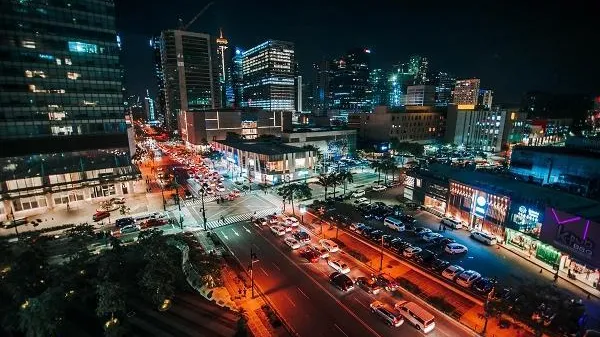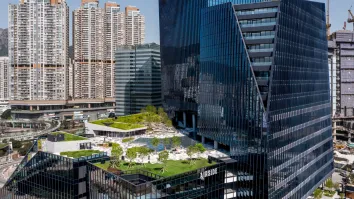
Crucial factors that will lift Philippine real estate amidst headwinds
The IT business process management industry is one of the key factors.
According to a recent JLL article, the Philippine real estate industry saw a gradual recovery, evidenced by healthier demand and rates in 3Q22. However, structural changes and macroeconomic headwinds are likely to temper the growth of the industry moving forward.
Here’s more from JLL:
The Bangko Sentral ng Pilipinas (BSP) further hiked the monetary policy rate by 5%, to buffer inflationary pressures, which ended at 7.7% in October 2022. Meanwhile, the PHP continued to weaken against the USD and settled at PHP 58.8 = USD 1 in the same timeframe.
The increased import prices translate into higher development and operational costs, specifically for construction and property maintenance, which may delay project launches. Boutique developers may face a bigger challenge as they generally have lower financial flexibility. On the other hand, major developers have stronger financial strength that can help them manoeuvre the current market. Meanwhile, high inflation and soaring interest rates may further tighten spending power as consumers allocate more savings to essential goods and services.
Policy changes are also eyed to decelerate the recovery of the real estate market. The Philippine administration is considering a ban on POGOs (Philippine Offshore Gaming Operator) due to an escalating number of related kidnappings, which may adversely affect approximately PHP 65 billion (USD 1.2 billion) of economic contribution.
Also, a hybrid work arrangement was extended for PEZA-registered IT business process management (IT-BPM) companies until December 31, 2022. They are also allowed to transfer registration to the Board of Investments (BOI), where they can enjoy 100% remote work indefinitely. These may further slow the downward trend in office vacancy rate in the medium term.
Fundamental market drivers are expected to buoy the industry
The IT-BPM industry is likely to carry the market in trying times. In 3Q22, IT-BPM firms made up 85.3% of Metro Manila office transactions, higher than the 6% share taken by POGOs. Continued activities from the IT-BPM sector are anticipated as they further scale up operations which may offset the impact of the probable POGO exit in the market. The BSP expects IT-BPM earnings to see 9% and 5% y-o-y growth in 2022 and 2023, respectively.
Further, the Information Technology and Business Process Association of the Philippines (IBPAP) projected the industry to record USD 59 billion in revenue and an additional 1.1 million workforce by 2028, showcasing continued growth amid uncertainties.
Meanwhile, the sustained RTO among occupiers may pull up leasing volumes. In 3Q22, occupiers operating at pre-pandemic levels increased to 62% from 51% in 2Q22 based on JLL Philippines Work Dynamics data. This is expected to improve further with the pandemic remaining manageable, encouraging foot traffic in public places.
Lastly, the recovery of inbound foreign tourist arrivals may support the hospitality sector. The Department of Tourism reported that foreign tourist arrivals reached 1.8 million as of October 2022. Furthermore, DOT disclosed that tourism revenue from February to September 2022 climbed to PHP 100.7 billion (USD 1.8 billion), showcasing a twenty-fold increase from the same period of 2021. Sustained relaxing of COVID restrictions are anticipated to further boost tourist arrivals by year-end, buoying mainly the performance of the hospitality and retail sectors.


















 Advertise
Advertise


